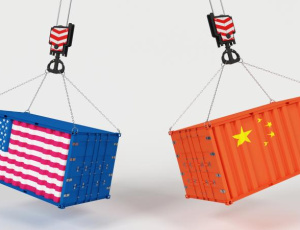Special Committee on Agriculture Approves EU Council Negotiating Mandate to Support Wine Sector
- undefined
On 19 June 2025, representatives of EU member states on the Special Committee on Agriculture approved the Council of the European Union’s negotiating mandate on a package of measures aimed at strengthening the competitiveness and resilience of the EU wine sector.
The proposed measures address structural challenges such as market imbalances and climate change, while also supporting innovation, rural development, and simplification. The initiative aims to reduce surplus production, enhance climate resilience, simplify labelling requirements, extend planting flexibility, and promote wine tourism to stimulate rural economies.
Key elements of the proposal include:
- Measures to prevent overproduction, such as support for grubbing up excess vines and green harvesting;
- An extension of the replanting authorisation scheme from five to eight years;
- Increased EU co-financing—up to 80% of eligible costs—for climate change mitigation and adaptation actions;
- Harmonised wine labelling across the EU, including the use of pictograms and electronic labels, to lower costs and facilitate trade;
- Promotion of wine tourism through dedicated support measures, especially in rural areas.
The Council endorsed the main objectives of the Commission’s proposal but introduced several modifications:
- Use of the term “alcohol-free” for products with an alcohol content not exceeding 0.5%, and “0.0%” for products under 0.05%;
- For wines with reduced alcohol content (above 0.5% but at least 30% below the minimum strength for the category), the term “low-alcohol” is proposed as an alternative to “alcohol-light” if the latter may mislead consumers;
- An exemption from mandatory ingredient and nutrition labelling for wines intended for export, to reduce administrative burdens on producers complying with non-EU regulations;
- Inclusion of rosé wine among regional aromatised wine products, in response to consumer demand and to encourage product innovation.
Photo Credit: Freepik
Source: Council of the European Union







